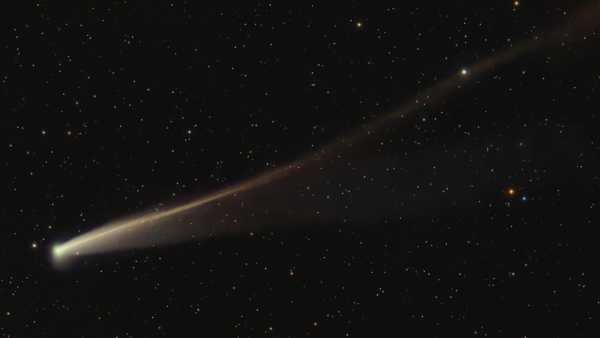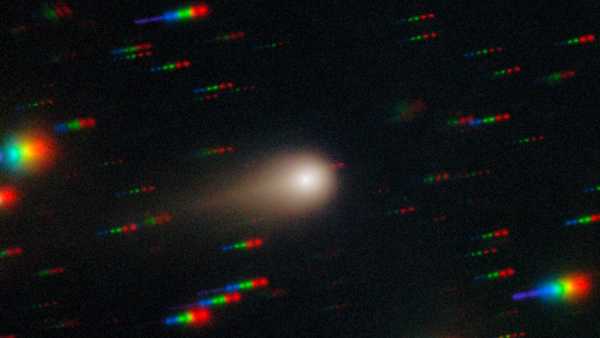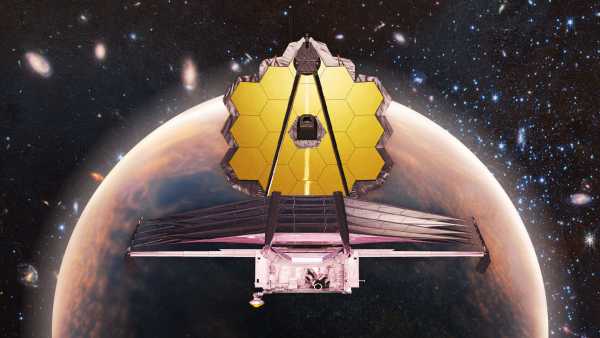
The James Webb Space Telescope (foreground) has revolutionized the search for habitable planets. Can it finally answer one of the most important questions in space? (Image: Photo collage by Marilyn Perkins. Images courtesy of NASA, ESA, CSA, Northrop Grumman; Nazariy Neshcherensky via Getty Images; NASA, ESA, CSA, K. McQuinn (STScI), J. DePasquale (STScI))
Imagine a planet twice the size of Earth, covered in an ocean that smells like sweet cabbage.
Every day, a dim red star warms this ocean world and the countless masses of hungry, plankton-like creatures that inhabit it. Billions of them rise to the surface, coalescing into a living floating continent larger than Australia, and spew acrid gas, turning sunlight into food.
The sulfur dioxide from the alien bloom is so thick in the air that even a solitary telescope hovering 700 trillion miles (more than a quadrillion kilometers) away can detect it – faintly, for just a few hours a month, when the watery planet passes in front of its small red star. For those few hours, the alien algae of this pungent planet make their presence known to Earth.
You may like
-
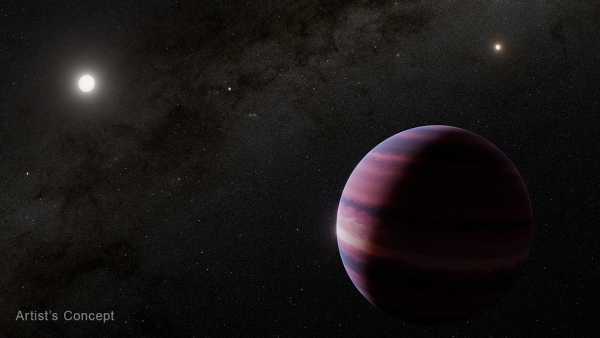
'JWST's most important discovery to date': James Webb spots – then loses – giant planet orbiting in the habitable zone of our nearest Sun-like star.
-
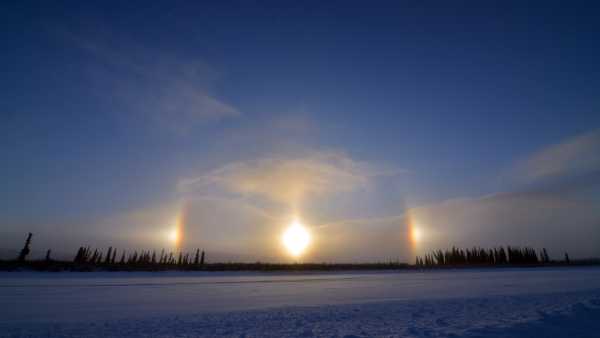
James Webb Space Telescope Suggests Stunning 'Sun Dogs' Could Be Flashing in Alien Skies
-
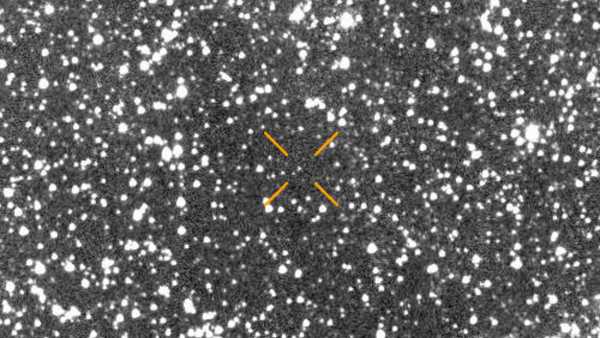
3I/ATLAS: Everything You Need to Know About the New 'Interstellar Visitor' Flying Through the Solar System
Sounds like science fiction… but is it?
For the past two years, this question has been the subject of heated debate among scientists searching for aliens, with the James Webb Space Telescope (JWST) at the center. The powerful telescope has captured the planet K2-18b, located about 120 light years from Earth. The reality of the planet itself is beyond doubt. However, the condition of its surface, as well as the likelihood of life on it, remain a matter of debate.

Science Spotlight takes a closer look at new scientific advances and gives you, our readers, the perspective they need. Our coverage highlights trends in a variety of fields, how new research is challenging old ideas, and how science is changing the world we live in.
A team of researchers studying K2-18b with the JWST telescope over the past few years claims to have detected traces of dimethyl sulfide (DMS). This cabbage-like odor is known to many Earthlings as the “smell of the sea,” and is known to be emitted only by living, breathing phytoplankton. The team first reported the presence of DMS in K2-18b’s atmosphere in 2023 and has since published several papers.
However, outside researchers remain skeptical about the supposed DMS detection. They warn that the team’s finding is based on questionable data modeling and does not reach the threshold required to be considered a new scientific discovery. Only further observations of the planet can finally clarify the matter.
But what is certain is that JWST's super-powerful infrared vision gives humanity the best chance of detecting extraterrestrial life.
“Thanks to JWST, we’ve learned more about the composition of atmospheres outside the solar system in just the last few years than we did in previous decades,” Eddie Schwieterman, an associate professor of astrobiology at the University of California, Riverside, who studies exoplanet habitability using JWST, told Live Science.
In the search for extraterrestrial life, it is dogma that where there is an atmosphere, there can be water on the surface of a planet, and where water flows, there can be life. For the first time, JWST is focusing on these extraterrestrial atmospheres.
“We’re at a really important point in the search for life because we now have the technological capabilities to do this,” said Victoria Meadows, a professor of astronomy at the University of Washington and director of the graduate program in astrobiology. “Before JWST, we really didn’t have that capability.”
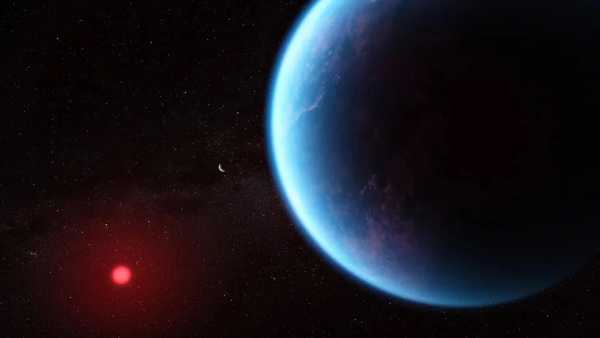
An artist's impression of what exoplanet K2-18b might look like if it is a water world, as some scientists suggest. The red dwarf K2-18, located about 120 light-years from Earth, glows on the left. Alien breath.
In the search for habitable planets—those orbiting in the “Goldilocks zone” of their host star, where liquid water could flow on the surface—JWST occupies a special place.
Unlike Hubble and other optical telescopes, JWST cannot directly image the surfaces of distant planets. Nor can it detect radio waves or other potential “technosignatures” emitted by potentially advanced alien civilizations. The signs of life that JWST looks for are far more primitive. They are not blurry images of alien tracks or mysterious radio signals, but hints of molecules falling invisibly through space, high above the planet’s surface.
“The first step in finding life is finding an atmosphere,” Sebastian Ziba, a research scientist at the Harvard-Smithsonian Center for Astrophysics, told Live Science. “In order to have liquid water on the surface, you need an atmosphere.”
Compared to its predecessor, NASA’s Spitzer Space Telescope (launched in 2003 and decommissioned in 2020), JWST is “better in every way,” Zieba said. It can see farther into space and detect a wider range of infrared wavelengths than any telescope before it. Infrared light is critical to the search for life, because those wavelengths best encode information about the types of molecules absorbing or re-emitting starlight in a planet’s atmosphere.
For JWST to detect evidence of an exoplanet's atmosphere, scientists need to wait for a transit — the moment when a planet passes in front of its star, causing that star's light to pass through its atmosphere as seen from Earth. For example, in the case of K2-18b, this happens once every 33 days.
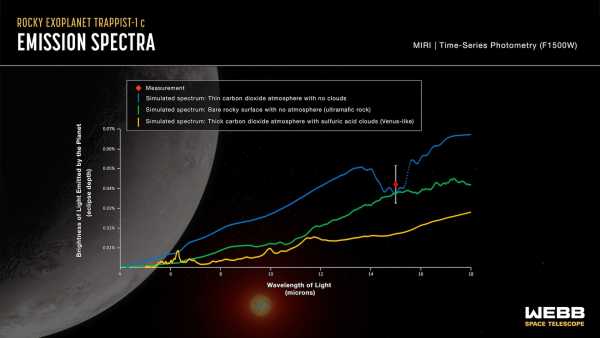
Three possible spectra of the rocky exoplanet TRAPPIST-1c, showing the apparent brightness of the planet at different wavelengths of light. Different molecules absorb and emit light at different wavelengths, allowing scientists to infer the composition of the planet and its atmosphere. The JWST measurement (red diamond) most closely matches a model of a planet with a bare rocky surface and no atmosphere (green line). In other words: probably not home to alien life.
“The planet passes in front of the star, lighting up its atmosphere,” Meadows said. “It's like a little halo around the planet.”
This “halo” contains important clues about the alien world. As starlight passes through the planet’s atmosphere, molecules in the air either absorb or re-emit different wavelengths of light, changing what JWST sees when it observes at those wavelengths. The unique signature of light made up of these different wavelengths, called a spectrum, can reveal what molecules are in the atmosphere. This information, in turn, allows scientists to infer the planet’s size, surface condition, geography, and likelihood of life.
For example, Meadows said, if JWST records a spectrum from a planet with high levels of methane and carbon dioxide absorption in its atmosphere, it could indicate the existence of a habitable world similar to Earth during the Archean eon (roughly 4 billion to 2.5 billion years ago), when primitive microbes broke down CO2 and emitted vast amounts of methane.
Proving that such conditions exist on a planet trillions of miles away is the hard part.
The devil is in the data
Once a promising biosignature has been detected, the challenge is to prove that it cannot be explained by a geological process, such as volcanism. Scientists must then demonstrate that their detection meets statistical significance—a major undertaking that requires many repeated observations of the planet and confirmation by independent researchers using their own data models.
“Webb’s data are very complex,” René Doillon, a professor at the University of Montreal and principal investigator of JWST’s Near Infrared Imager and Slitless Spectrograph (NIRISS) instrument, told Live Science. “The results that are published don’t always match. Depending on who’s processed the data, you get different results.”
This is where the early K2-18b studies have come under scrutiny. Despite the preliminary detection of DMS reported in two studies by a team led by the University of Cambridge, outside experts have so far failed to confirm this result by looking at the same observations with different data models. Moreover, the detection of DMS only reached a statistical significance level of three sigma, well short of the required five sigma level. (The three sigma level corresponds to about a 3 in 1,000 chance that the result is due to chance, while five sigma means that the probability of the result being due to chance is 1 in 3.5 million.)
Nikku Madhusudhan, professor of astrophysics at Cambridge and lead author of two DMS studies, said this was no reason to ignore K2-18b as a candidate for a habitable world “teeming with microbial life”.
“We have some initial ideas about what we’re seeing, but we could be wrong,” Madhusudhan told Live Science. “So let’s be open to being wrong and get more data. Only then can we confirm what we’re seeing.”
Schwieterman believes it was “premature” to announce the discovery of DMS on K2-18b, given its questionable statistical significance. However, he agrees that DMS is a promising sign of life, which JWST should continue to search for on other potentially habitable ocean planets.
“The question we want to ask is: How common are global biospheres in the universe?” Schwieterman said. If complex life, including intelligent life, exists out there, “an important part of that question is, how common are the biospheres from which these more complex life forms could have evolved?”
Hitting the bull's eye
Even if life doesn't ultimately arise on K2-18b, this distant planet is just one of many in the crosshairs of JWST's sharp infrared eye.
The telescope’s search list includes some of the usual suspects, such as the TRAPPIST-1 system, the best-studied star system outside our own. The system contains seven rocky planets, at least three of which may be in the star’s “Goldilocks” habitable zone. But so far, JWST hasn’t found any evidence of atmospheres around any of these planets, possibly indicating that the host star is irradiating its companions with too much ultraviolet radiation to support an atmosphere, Zieba said.
Doyon’s favorite planet to study is LHS 1140 b, located 50 light-years away in the constellation Cetus. Observations by Doyon and his team using the JWST telescope suggest that this exoplanet, previously thought to be a rocky “super-Earth” six times more massive than our planet, is actually something much larger — or perhaps an eyeball.
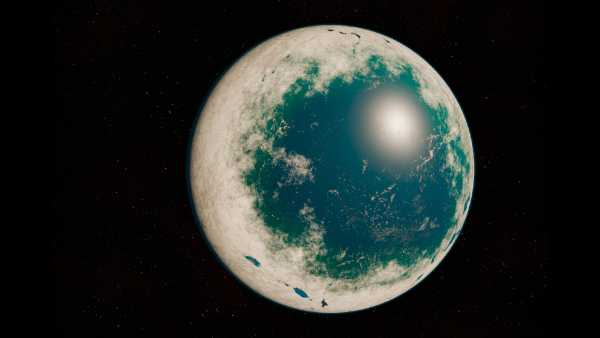
An illustration of an “eyeball” or “bull's eye” shaped planet similar to LHS 1140 b. Although most of the planet is covered in ice, the side facing the Sun is warm enough to support an ocean of liquid water on its surface. Such a planet could be home to alien life.
“It's probably a bullseye planet,” Doyon said, describing a planet mostly covered in ice with a single blue “pupil” of liquid water pointing toward its home star.
Using JWST data from two transits of LHS 1140 b, Doyon and his colleagues re-estimated the planet's mass and radius and found that “it can't be considered a rocky planet — 10% to 20% of its mass must be water,” Doyon said. “It's potentially a water world, and it's right in the habitable zone.”
According to Doyon, LHS 1140 b is less like Earth than it is like our solar system’s icy moons Europa and Enceladus, both of which are thought to have subsurface oceans that could support life. But unlike those moons, this planet is so close to its star that some of its ice could sublimate into gas, forming an atmosphere. It’s even possible that the side of the planet facing the sun (which, like Earth’s moon, is tidally locked) could warm up enough for the ice there to melt, revealing an ocean of liquid water beneath cloudy skies. That would make this warm, blue rainbow a possible host for life.
Doyon believes it is one of the most likely known exoplanets to have an atmosphere.
“If I had to bet on a beer whether it had atmosphere, it probably does,” he said.
Pushed to the limit
Unfortunately, Doyon beer will likely have to wait.
While Doyon and his colleagues found “hints” of a nitrogen-rich atmosphere around LHS 1140 b, he said it would take about a dozen more transits to prove the presence of other molecules that indicate an Earth-like atmosphere, such as carbon dioxide. Because LHS 1140 b is visible from Earth only four times a year, scientists will have to watch all possible transits for many years before drawing any definitive conclusions. This schedule “really pushes JWST to its limits,” Doyon added.
This highlights one of the telescope's biggest limitations: time.
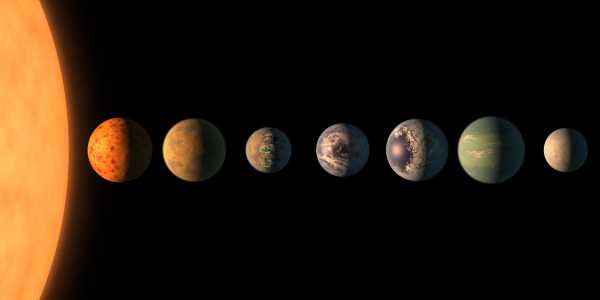
Illustration of the seven twin planets in the TRAPPIST-1 system. Scientists are systematically studying the atmospheres of these planets with the JWST telescope, starting with the inner planets TRAPPIST-1b, 1c, and 1d. So far, none of them have shown any signs of an Earth-like atmosphere.
In 2024, researchers from around the world requested a total of more than 78,000 hours of JWST observations—about nine times more than are available, according to the Space Telescope Science Institute (STScI), which processes JWST applications each year. Of the more than 2,300 applications, only 274 were ultimately accepted, with habitability studies accounting for only a small portion.
That discrepancy is likely to widen with the Trump administration’s proposed 2026 budget, which calls for a nearly 50% cut in NASA’s science budget, according to Live Science sister site Space.com. If approved by Congress, the funding cut would amount to roughly 25% to 35% of JWST’s total operations, Neil Reed, a multi-mission project scientist at STScI, said in July at the 246th meeting of the American Astronomical Society in Anchorage, Alaska.
In search of the unforgettable
Ultimately, JWST may not find hard evidence in the search for extraterrestrial life. But even if it doesn’t, it will likely help scientists determine where to look next. Future telescopes will build on JWST’s findings to help fill in the gaps in our knowledge.
One of the major gaps is oxygen. Although the gas makes up about 21 percent of Earth’s atmosphere and is a powerful biosignature, “JWST can’t handle oxygen,” Meadows said.
Numerous studies, including one co-authored by Meadows, in which scientists modeled what JWST would see if it were studying Earth's atmosphere have shown that the telescope is simply not sensitive enough to detect oxygen. That poses an obvious problem for detecting Earth-like atmospheres.
Future telescopes could help. For example, the Extremely Large Telescope, a powerful optical/near-infrared telescope under construction in Chile that is set to see first light in 2029, will be more sensitive to oxygen and water in planetary atmospheres than JWST, Meadows said. It will also be able to peer all the way to the surface of rocky planets — closer to where life and its byproducts are more likely to exist, as opposed to the upper atmospheres that are JWST’s domain.
Next up, NASA's recently announced Habitable Worlds Observatory will conduct a census of planets around sun-like stars in the immediate vicinity of our own. By analyzing visible, infrared, and ultraviolet light signatures, this powerful observatory could potentially confirm the presence of atmospheres on dozens of Earth-like worlds. However, no launch date has been set at this time.
RELATED STORIES
— “Webb showed us that they were clearly wrong”: how astrophysicist Sophie Koudmany's research into supermassive black holes is rewriting the history of our Universe
— After two years of work in space, the James Webb telescope has broken cosmology. Can this be fixed?
— The James Webb Telescope has discovered the oldest black hole in the Universe
With JWST expected to continue operating until at least the 2030s, its era of discovery is just beginning. Will it find alien life? Maybe, maybe not. But in its early years, it is bringing scientists closer to that first tantalizing glimmer of evidence than any telescope before it.
And once that evidence is found — even on a distant exoplanet that no human or probe will ever see — there’s no turning back. Finding even one other habitable planet would mean there could be countless others out there, raising serious questions about the prevalence of life in the universe and our place in it. The discovery of an alien world would change the way we view the cosmos and ourselves.
“Once we find compelling evidence of life on an exoplanet … I don’t think we’ll ever forget about this planet,” Schwieterman said. “It will be both a scientific and a cultural event. Kids will study it in school.”
TOPICS Science Spotlight James Webb Space Telescope

Brandon SpectorSocial Media Navigation Content Editor
Brandon is the Space/Physics Editor at Live Science. His writing has appeared in The Washington Post, Reader's Digest, CBS.com, the Richard Dawkins Foundation, and elsewhere. He holds a BA in Creative Writing from the University of Arizona, with minors in Journalism and Media Arts. He enjoys writing about space, the geosciences, and the mysteries of the universe.
You must verify your public display name before commenting.
Please log out and log back in. You will then be prompted to enter a display name.
Exit Read more
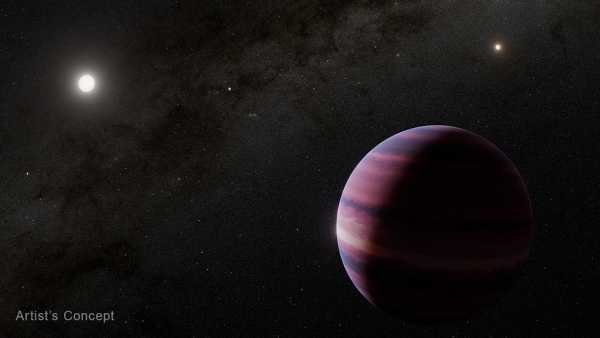
'JWST's most important discovery to date': James Webb spots – then loses – giant planet orbiting in the habitable zone of our nearest Sun-like star.
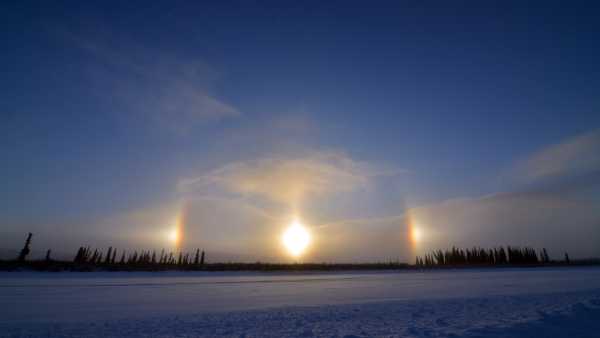
James Webb Space Telescope Suggests Stunning 'Sun Dogs' Could Be Flashing in Alien Skies
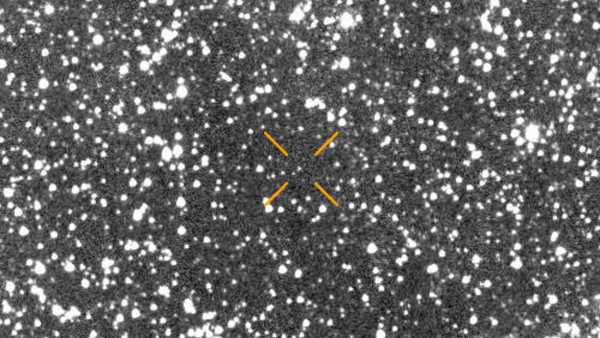
3I/ATLAS: Everything You Need to Know About the New 'Interstellar Visitor' Flying Through the Solar System
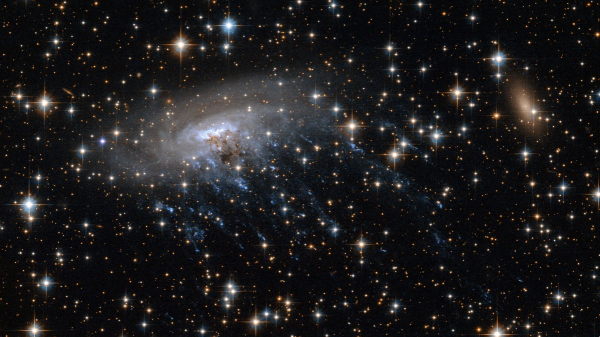
James Webb Telescope Discovers Tentacle-Like 'Jellyfish' Galaxy Floating in Deep Space
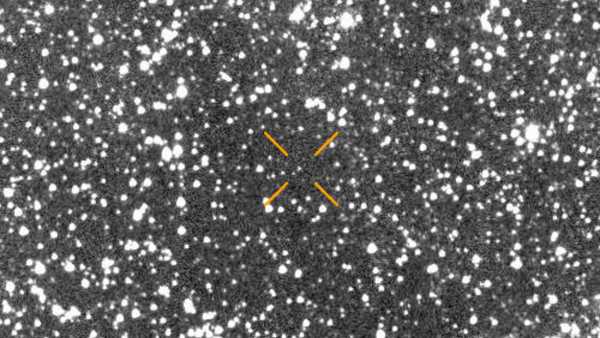
The controversial article raises the question of whether the interstellar visitor 3I/ATLAS is “possibly hostile” alien technology in disguise.
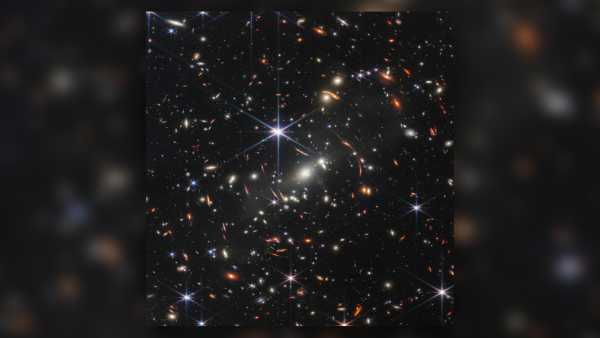
How far into space can the most powerful telescope look? Latest news about extraterrestrial life
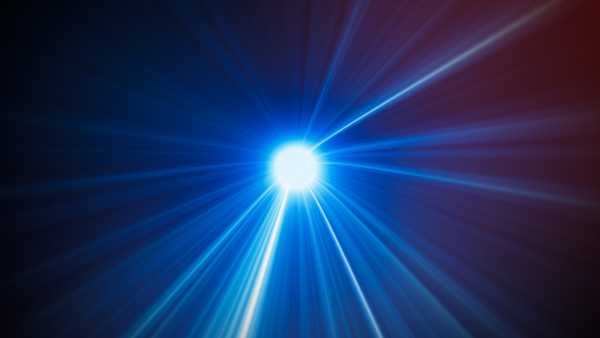
Cosmic rays may help support alien life on planets outside the 'Goldilocks zone'

The controversial article raises the question of whether the interstellar visitor 3I/ATLAS is “possibly hostile” alien technology in disguise.
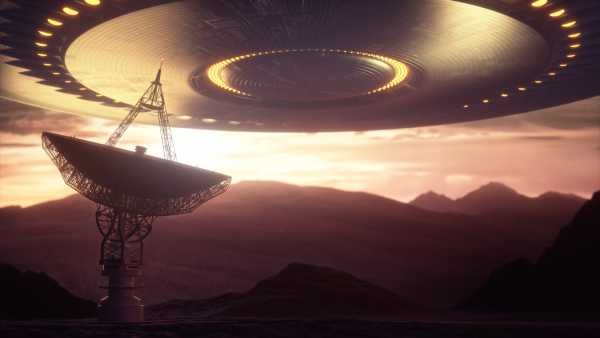
Aliens: Facts About Extraterrestrial Life and How Scientists Are Looking for It
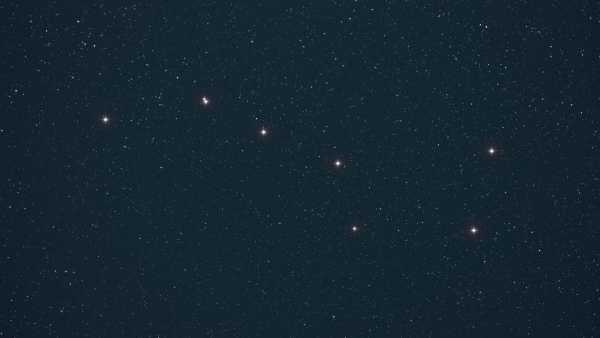
'Strange' Stellar Pulses Discovered in Search for Extraterrestrial Intelligence
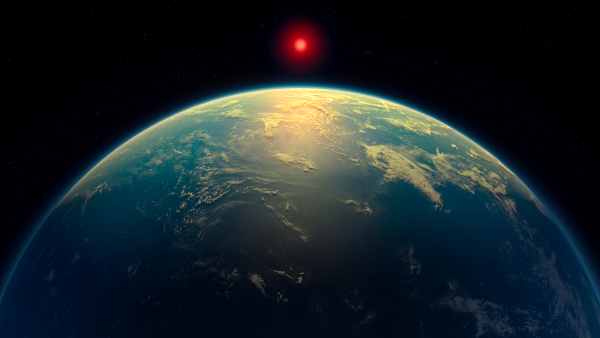
Did the James Webb Telescope Really Find Aliens? The Truth About K2-18b
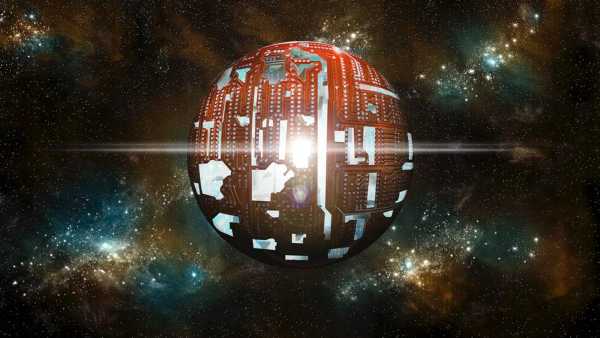
Dyson spheres may indeed exist, but there's a catch. Latest news
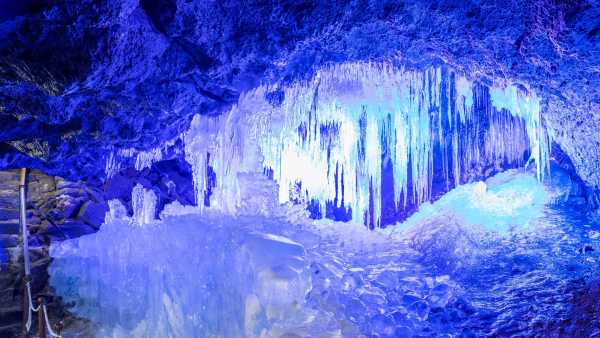
Narusawa Ice Cave: A lava tube filled with 10-foot-tall ice columns at the foot of Mount Fuji.
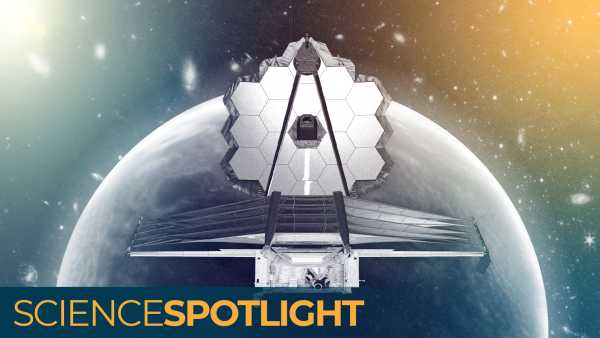
Will the James Webb Telescope finally lead us to alien life?

Woman's Severe Knee Pain Reveals 'Golden Threads' in Her Joints
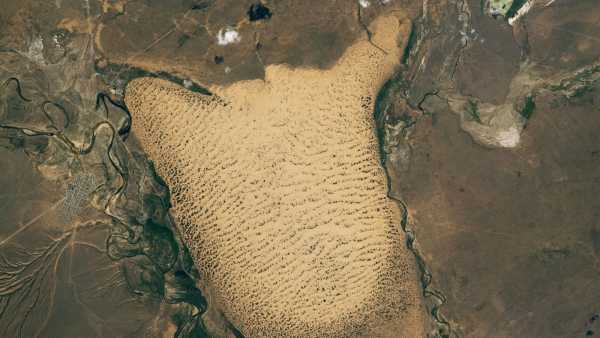
Giant sand 'slug' crawls across floodplains in Kazakhstan, but may soon freeze in place

Haniwa dancers: 1,500-year-old ghostly figures believed to house the souls of the dead.
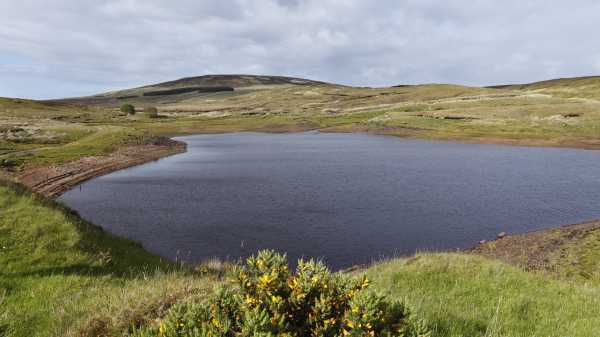
Lugarema: Northern Ireland's 'disappearing lake' that mysteriously dries up and refills within hours LATEST ARTICLES

1. “I trust AI like a sailor trusts the sea. It can take you far, but it can also drown you.” The survey results show that the majority does not trust AI.
Live Science is part of Future US Inc., an international media group and leading digital publisher. Visit our corporate website.
- About Us
- Contact Future experts
- Terms and Conditions
- Privacy Policy
- Cookie Policy
- Accessibility Statement
- Advertise with us
- Web Notifications
- Career
- Editorial Standards
- How to present history to us
© Future US, Inc. Full 7th Floor, 130 West 42nd Street, New York, NY 10036.
var dfp_config = { “site_platform”: “vanilla”, “keywords”: “longform-article,type-feature,no-in-article-video,serversidehawk,van-enable-adviser-
Sourse: www.livescience.com



